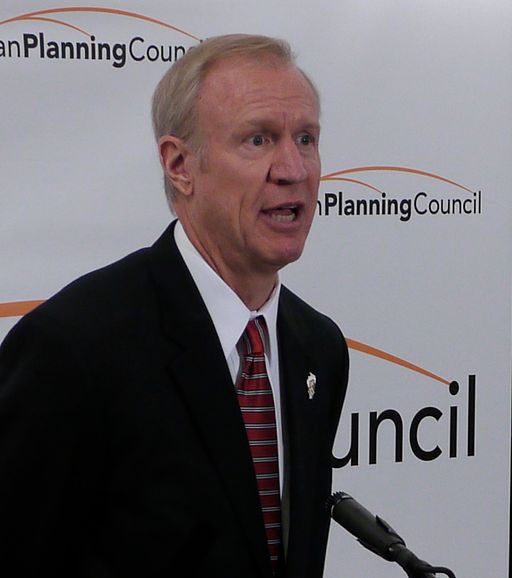A UK consortium that includes a half-dozen pension funds has won a bid to revamp London’s crumbling sewer infrastructure – a roughly $3.8 billion project.
The consortium includes several asset management firms along with the Pensions Infrastructure Platform (PIP), which is a group consisting of nearly a dozen pension funds.
More from IPE Real Estate:
An asset manager partnered with the UK’s Pensions Infrastructure Platform (PIP) has helped form a winning consortium on a large-scale London infrastructure project.
Dalmore Capital, the first asset manager to invest PIP money via a series of public/private partnership (PPP) equity investments, is part of the Bazalgette Consortium that will finance the £4.2bn (€5.9bn) Thames Tideway Tunnel (TTT) – an upgrade of London’s ageing sewer network.
IPE understands the PIP accounts for the majority of the UK investment.
The PIP, set up by the UK National Association of Pension Funds (NAPF) to channel investment into UK infrastructure, declined to comment.
In addition to Dalmore, the consortium included Allianz Capital Partners, Amber Infrastructure Group, DIF and Swiss Life Asset Managers.
The PIP’s involvement in Dalmore’s TTT fund represents its first foray into UK development infrastructure after focusing on PPP equity and solar investments since the first investment in 2014.
Seven founding pension fund investors, including the Pension Protection Fund (PPF), the Railways Pension Scheme and the Strathclyde and West Midlands local government funds, originally backed the platform in 2012.
Read more about the Pensions Infrastructure Platform (PIP) here.
Photo by @Doug88888 via Flickr CC License









